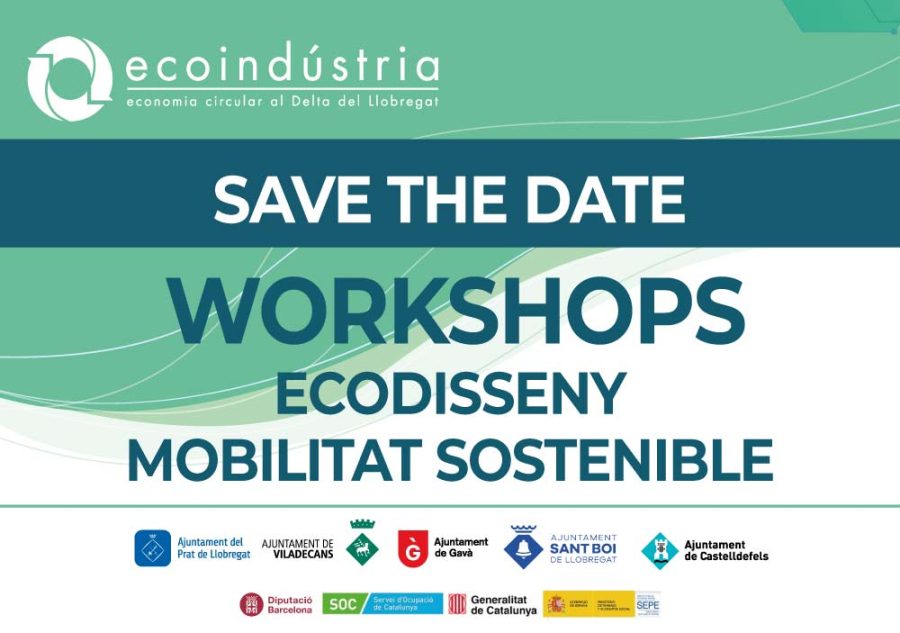The Council of Ministers, at the proposal of the Ministry for the Ecological Transition, has agreed to update the National Implementation Plan of the Stockholm Convention and Regulation (EC) 850/2004 on persistent organic pollutants (POPs).
POPs are substances chemicals that combine four characteristics at the same time: They are highly toxic, very persistent, bioaccumulative and, in addition, can be transported over long distances. The combination of these four characteristics makes these pollutants capable of producing negative effects at very low levels, which makes them, among all artificial chemicals, the most dangerous, representing a problem on a global scale.
This update includes six new pollutants, therefore including all the POPs incorporated into the Convention or the Regulation until May 2017.
According to the Ministry in its press release, the plan will now be sent to the European Commission and the Secretariat of the Stockholm Convention.
Global chemical production capacity, excluding pharmaceuticals, is estimated at 2.3 billion tons in 2017 and it is estimated that this figure will double by 2030. Despite measures taken to maximize benefits and minimize impacts, synthetic chemicals continue to be released into the environment in considerable quantities and therefore, They are present in air, water, soil, food, articles, products and waste, and also in human beings.
Studies by the World Health Organization estimate that chemical pollution caused the deaths of 1.6 million people in 2016. Chemical pollution is one of the main causes of biodiversity loss, causing ecosystem disruption and threatening a wide range of ecosystem services, such as the decrease in the number of pollinators due to negative pressure on coral reefs.
The Stockholm Convention on POPs, negotiated in March by the United Nations Environment Programme (UNEP), entered into force in 2004 and is currently in force. ratified by 183 countries, including Spain where it entered into force on August 26, 2004. This international Convention aims to protect human health and the environment from these pollutants and to this end, it establishes measures throughout their entire life cycle to achieve their elimination and, when this is not possible, their minimization.
ARTIFICIAL CHEMICAL COMPOUNDS
Most POPs are artificial chemical compounds that have been produced internationally to have very effective properties for certain uses, such as pesticides in agriculture, or in very diverse industrial uses due to their effectiveness as insulators or as flame retardants for electrical equipment, polymers and fibers, surface treatments, etc.
For these POPs produced internationally, the Convention prescribes the prohibition of their production., use and marketing and the safe disposal of stocks and waste containing them. Therefore, these intentional POPs have been eliminated and replaced by alternative substances that can fulfill their functionality and are less or not at all hazardous or by non-chemical alternatives.
Another group of POPs are formed and released unintentionally from thermal processes involving organic matter and chlorine, as a result of incomplete combustion or chemical reactions. An example of these unintentional POPs is dioxins. For these unintentional POPs, the Convention prescribes the reduction of these non-international emissions through the use of the best available techniques, maintaining their elimination as the ultimate objective.
Both the Convention (Article 7) and the European regulation (Article 8) establish the obligation to develop and update National Implementation Plans (NAPs) to comply with the obligations established therein.
The 12 substances initially included in the Convention, known as the "dirty dozen", have been gradually incorporated into others that have been proven to have POP characteristics. There are currently 28, some of which are families of up to hundreds of chemical species that have been used in very diverse sectors.
This update of the PNA incorporates the six new POPs included in the Convention, which are: hexabromocyclododecane (HBCD); hexachlorobutadiene (HCBD); pentachlorophenol and its sls and esters (PCP); polychlorinated naphthalenes (PCN); decabromodiphenyl ether and short-chain chlorinated paraffins (PCCC), all of which are produced internationally, although HCBD and PCN can also be generated unintentionally.
The National Implementation Plan aims to identify the problems associated with POPs, covering their entire life cycle, diagnose their reality in Spain and define measures aimed at achieving their elimination and, when this is not possible, the minimization of these dangerous pollutants.
INFORM AND RAISE AWARENESS
The structure and content have been varied in order to reflect in a simpler and more concise way the reality of POPs in Spain and to serve as a tool to inform and raise awareness among all administrations and sectors involved about the need to allocate sufficient efforts and resources to protect human health and the environment against these pollutants.
"Consequently, the measures of the implementation plan have also been reviewed and updated in order, in line with what is established in the agreement, to eliminate emissions derived from non-international production, develop strategies to identify the stocks of products and articles in use that contain POPs and ensure the environmentally sound management of waste that contains them. Likewise, in line with the agreement, measures are proposed on monitoring POP concentrations and on information and awareness-raising," the Ministry said in a press release.
The lines of action and measures foreseen in the Plan are an update of those foreseen in previous plans, including the new COPs, and will be carried out with the collaboration of those involved, according to the specific subject of the measure: Public Administrations, community, social, environmental and consumer non-governmental organizations and the economic sector.
Of the 32 measures included in the lines of action, it is worth highlighting, among others, those aimed at promoting the use of potential alternatives for the new POPs that are identified; identifying activities that potentially generate these substances; improving information on waste flows that may contain POPs; maintaining and enhancing the established environmental monitoring programs; as well as all those defined in order to increase information, awareness and consciousness about these polluting substances among the general public and in particular among users and workers.







